
Battling a hungry beetle, this Mohawk community hopes to keep its trees — and traditions — alive
An invasive pest threatens the survival of black ash trees — and the Mohawk art...
Environment and Climate Change Canada issued heat warnings for most of B.C. this week, urging people to take precautions with temperatures nearing 40 C in some areas.
The risks of extreme heat are still fresh for many British Columbians, who experienced unprecedented highs just over a year ago. The heat dome that settled over the province last June killed hundreds of people, strained emergency services and set the stage for a fierce wildfire season.
It also took a toll on wildlife.
In just one week during the heat dome, the Orphaned Wildlife Rehabilitation Society in Delta, B.C., took in 145 rescued birds. That’s compared to 450 birds over the first seven months of 2022.
For some bird species, the upside of this week’s heat wave is the timing. It’s a bit later in the season, so more babies have left the nest.
“We’re lucky that the heat came when it did this year, because obviously those birds have a fighting chance now,” Rob Hope, Orphaned Wildlife Rehabilitation Society’s general manager, said in an interview. “Last year we got hammered.”
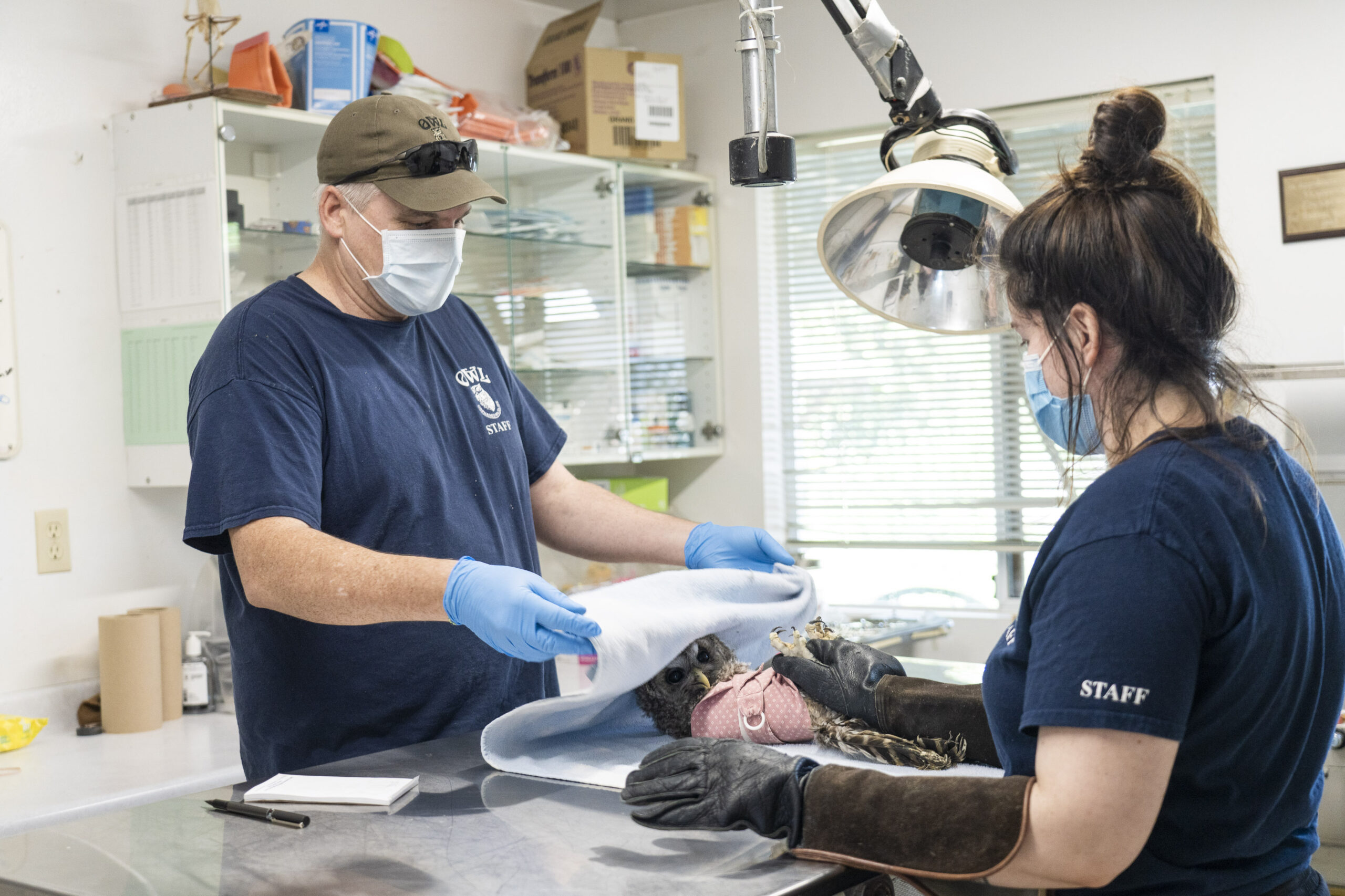
When the heat dome arrived in June of 2021, there were still a lot of nestlings, Hope explained.
As extreme temperatures descended on the province, those baby birds didn’t know how to fly away to find water or relief in slightly cooler, shaded areas. Desperate to escape the heat, many jumped from their nests anyway.
People found baby birds in groups of four or five at the bases of trees last summer, Hope said. While some died, others came to the rehabilitation centre, which focuses on rehabilitating birds of prey.
As young birds arrived, the team set them up in the intensive care unit. “We had fans going to keep everything cool,” Hope said.
With food, water and shelter from the heat, 98 per cent of the birds that came in were able to be released back to the wild, he said.
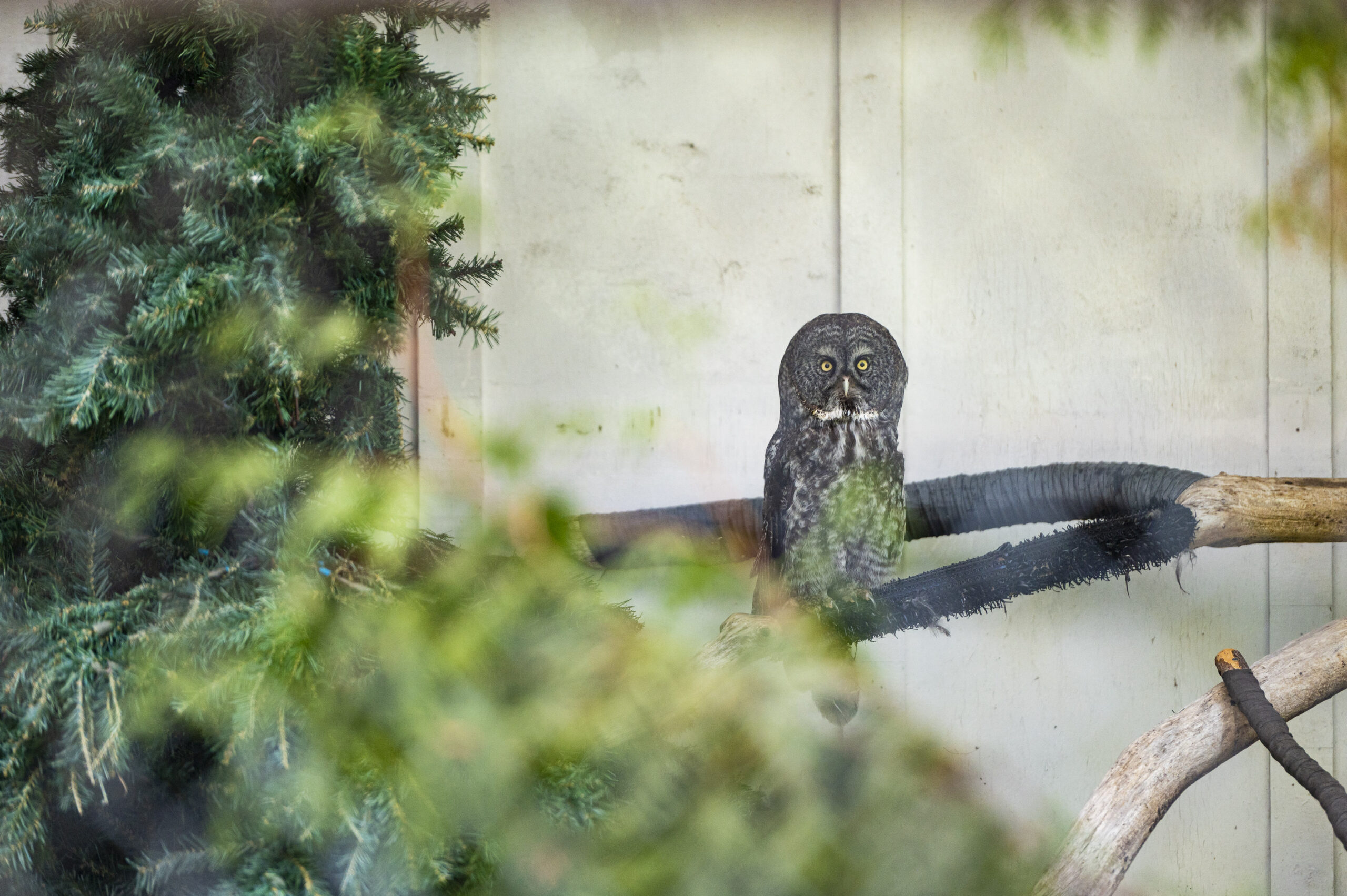
With temperatures climbing to between 30 C and 40 C this week, Hope said a lot of birds will be “sitting tight.”
“Usually, once it gets over 40 C, it’s trouble for pretty well everything,” Hope said.
“Luckily it’s only supposed to be three or four days, so hopefully they can survive.”
Last year’s heat dome would have been “virtually impossible without human-caused climate change,” according to a rapid analysis by a group of scientists with the World Weather Attribution initiative.
Climate change poses a greater threat with each new increment of warming. That’s why governments around the world agreed under the 2015 Paris Agreement on climate change to keep warming to well below 2 C, with a goal to limit warming to 1.5 C.
Sea level, for instance, would rise more at 2 C or 3 C than it would at 1.5 C. Similarly, the risks to biodiversity increase with more warming.
With warming of 1.5 C, between three and 14 per cent of species that were assessed would likely be at “very high risk of extinction,” according to the latest report on climate impacts from the Intergovernmental Panel on Climate Change.
At 3 C of warming, meanwhile, somewhere between three and 29 per cent of species would be at very high risk of extinction.
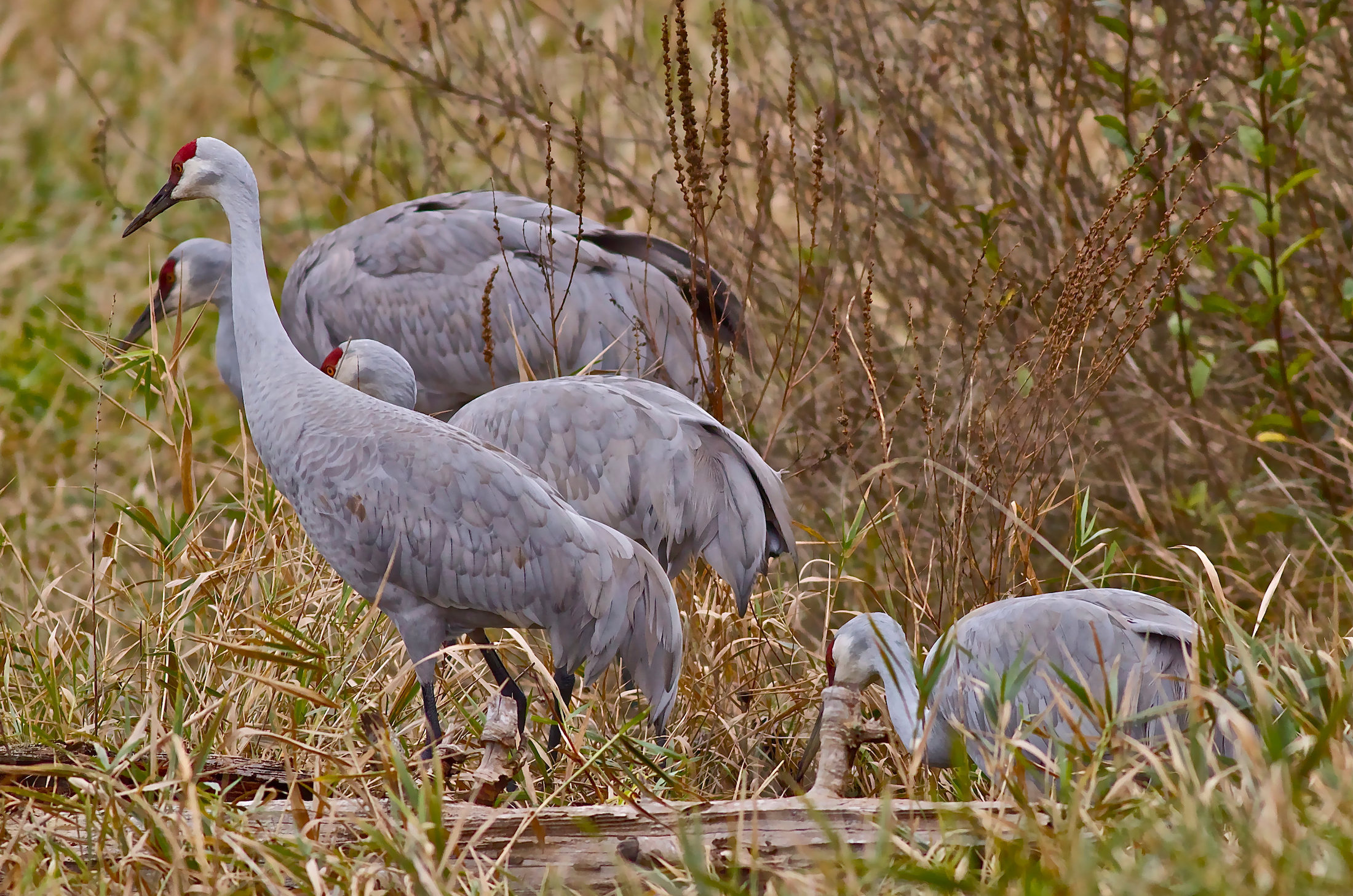
Alongside more extreme events, average temperatures are also rising. In B.C., average summer temperatures in 2016 were already 1.4 C higher than they were in 1948, according to the federal government’s 2019 Canada’s Changing Climate Report.
Without drastic reduction in greenhouse gas emissions from coal, oil, natural gas, deforestation and other sources, average temperatures will continue to rise. That will mean more frequent and intense heat waves, droughts and wildfires as well as extreme rainstorms, such as the atmospheric river event that wreaked havoc in B.C. last November.
At the same time, the world is facing a biodiversity crisis.
“Biodiversity — the diversity within species, between species and of ecosystems — is declining faster than at any time in human history,” the United Nations’ 2019 global assessment of biodiversity concluded.
The landmark report warned that 1 million species are at-risk of extinction worldwide.
While land use changes from agriculture and other development as well as overfishing and hunting account for the worst impacts, climate change is a growing threat to biodiversity.
The impacts of climate change will vary across regions and species. Mostly, though, biodiversity and ecosystems will be negatively affected.
“Even for global warming of 1.5 C to 2 C, the majority of terrestrial species ranges are projected to shrink dramatically,” the report found.
Scientists are desperately trying to figure out how species will be impacted by climate change-induced temperature increases. The National Audubon Society, a non-profit conservation organization focused on protecting birds, assessed the vulnerability of 604 species in North America to climate change under scenarios of 1.5 C, 2 C and 3 C of global warming.
The society determined 64 per cent of those species were either “moderately or highly vulnerable to climate change.” Some regions, such as the Arctic and boreal forest, are expected to be among the worst affected.
“While historically birds are known to respond to climate change by shifting their ranges, climate change is occurring 20 times faster today than it has during any historical period over the past 2 million years,” the report said.
“The unprecedented pace and magnitude of climate change make it an existential threat to birds, people and the natural systems we depend on.”
Warmer weather and extreme heat events, particularly in the spring, pose a clear threat to bird species, according to the report.
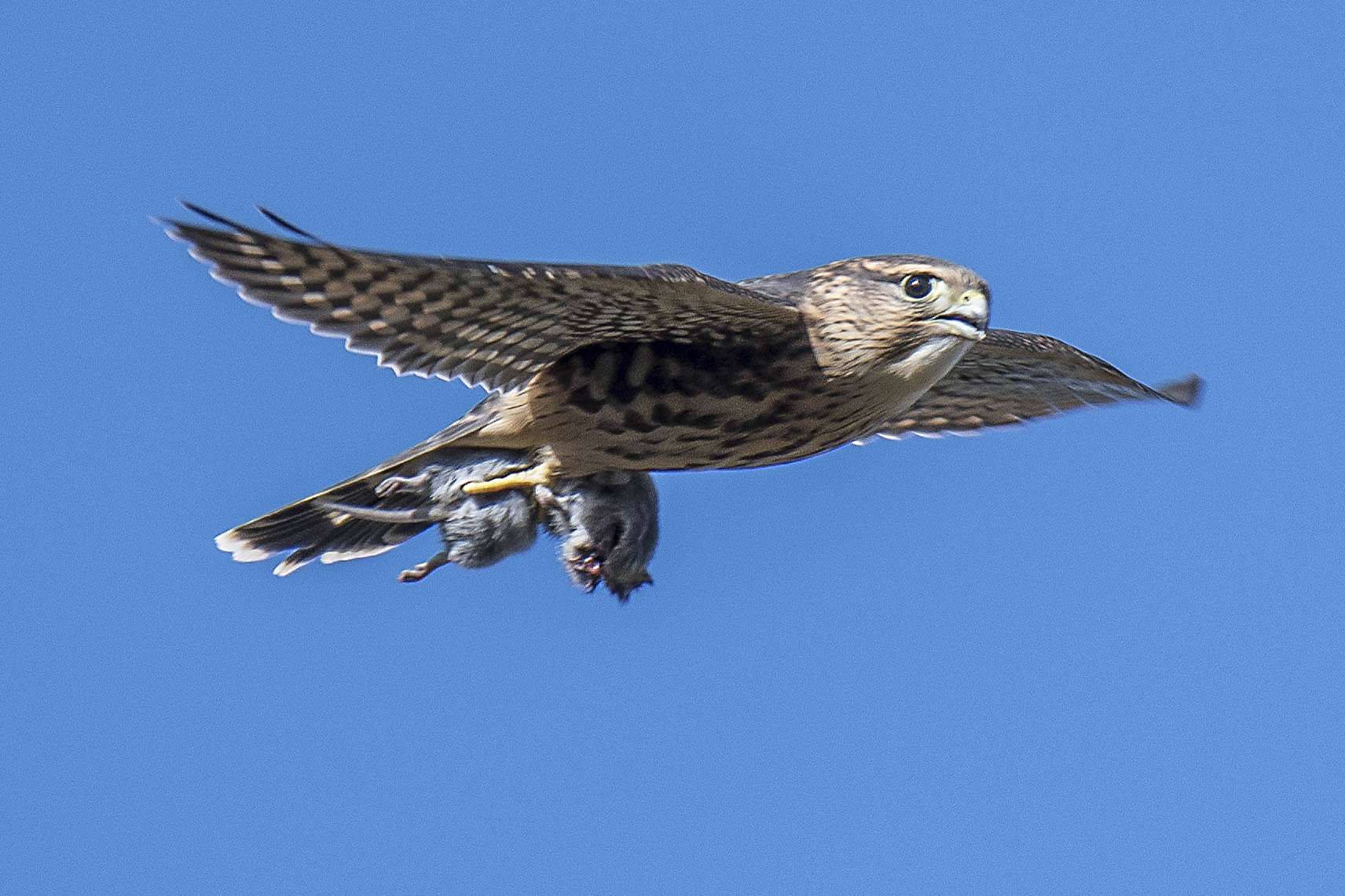
“Extreme spring heat can directly affect birds through heat stress, which can lead to mass mortality events and subsequently reduce populations and species richness locally,” it said.
The Audubon analysis found 173 bird species found in B.C. during the summer months would be moderately or highly vulnerable to climate change under 3 C of warming.
Sandhill cranes, for instance, are expected to lose a considerable portion of their current range in central B.C. under a scenario of 3 C warming. Across North America, 37 per cent of the birds’ existing range could be lost and 64 per cent maintained. About 19 per cent could be gained, largely in northern Canada.
The red-breasted sapsucker could lose the majority of its range on the west coast of North America, with just 7 per cent maintained. It could gain about 10 per cent of new range in inland areas — nowhere near enough to make up for the vast areas that would no longer be hospitable for the woodpecker.
As the climate warms, migratory birds are falling out of sync with their environments.
“Over thousands of years, birds have evolved to time their reproduction to make use of the greatest windfall of insects and plant abundance in the food web,” said Keith Hobson, a research scientist with Environment and Climate Change Canada, who studies migratory birds and insects.
Over the last several decades, migratory birds have shifted their breeding seasons earlier to try and keep up with changes in plant and insect life cycles, he said, but they just can’t keep up with the pace of change.
As mayflies and other aquatic insects emerge earlier from lakes and ponds, for instance, birds such as barn swallows, swifts and martins that rely on them for food are missing out on those early feasts, he said.
At the same time, these extreme heat events, which are becoming more frequent, are taking an acute toll on birds.
It’s a particular problem for altricial birds — birds that are born at a very immature developmental stage, with little to no plumage, and little ability to regulate their temperature.
As nestlings, “they cool themselves by evaporative water loss,” Hobson explained. “So they’re at the mercy of ambient temperatures.”
“It only takes a few degrees change to actually dramatically increase their water loss,” he said.
Similar to what was seen in B.C. last summer, hordes of baby swifts died when they left their nests in an attempt to escape the heat in Spain this year, where a heatwave drove temperatures above 40 C, the Guardian reported.
But things can be done to prevent this feared dieoff. The Audubon report found that limiting global warming to 1.5 C would reduce the vulnerability of 70 per cent birds that would be at high risk of extinction under 3 C of warming.
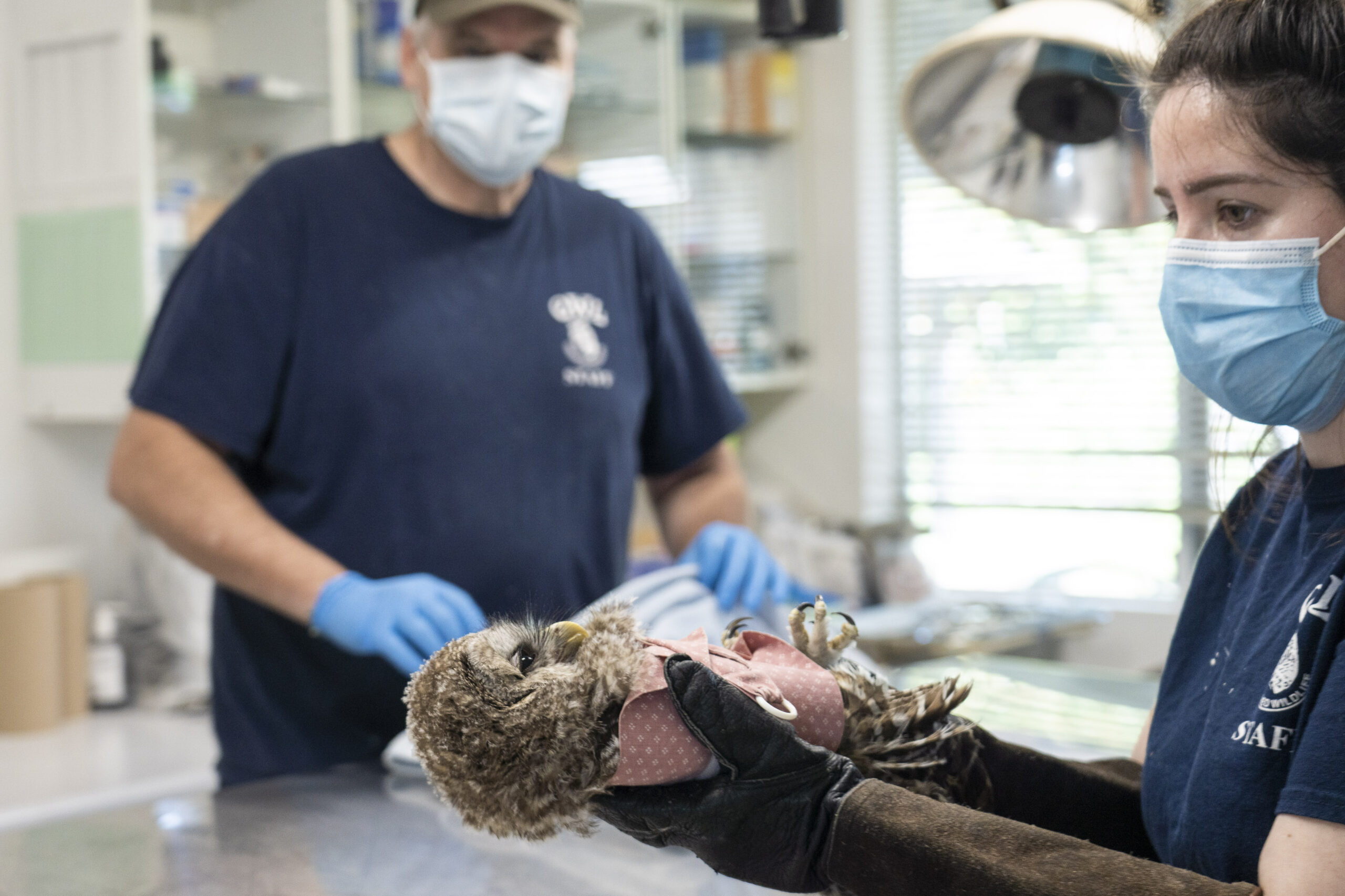
Ninety-four of the assessed birds that can be found in B.C. during the summer would be highly vulnerable to extinction under that high warming scenario. But if warming is limited to 1.5 C, only 13 species would be highly vulnerable.
Alongside the drastic reduction in greenhouse gasses needed to limit global warming, habitat conservation is vital to preventing further losses to at-risk bird populations.
In the 2019 State of Canada’s Birds report, the North American Bird Conservation Initiative determined that “urgent conservation action is needed” for shorebirds, grassland birds and aerial insectivores, such as the common nighthawk and barn swallows, which are both listed as threatened species under the federal Species at Risk Act.
Conservation and restoration of grasslands, overwintering sites used by shorebirds as well as forests and wetlands are needed to support declining species, the report recommends.
“By protecting and restoring critical lands and waters, and managing our working landscapes more sustainably, we can have a major positive impact on bird populations,” it said.
Get the inside scoop on The Narwhal’s environment and climate reporting by signing up for our free newsletter. When I visited my reserve, Moose Factory,...
Continue reading
An invasive pest threatens the survival of black ash trees — and the Mohawk art...

Xatśūll First Nation is challenging B.C.’s approval of Mount Polley mine’s tailings dam raising. Indigenous...

As the top candidates for Canada’s next prime minister promise swift, major expansions of mining...

